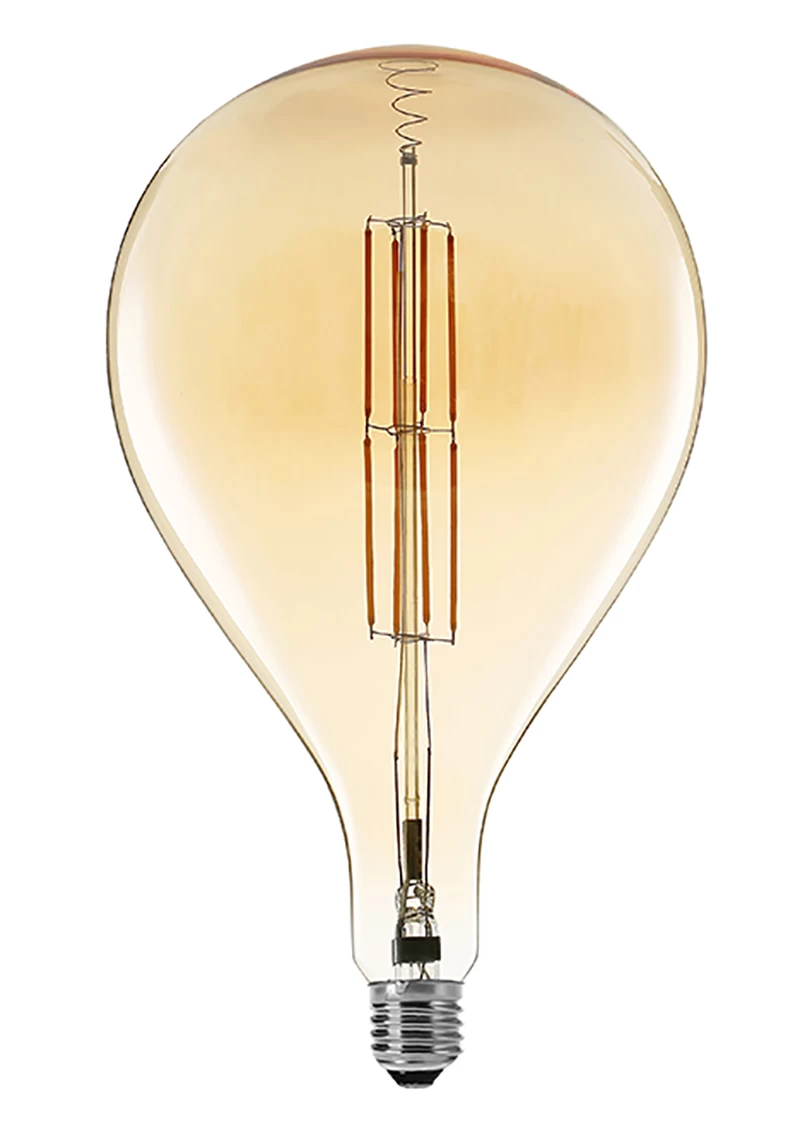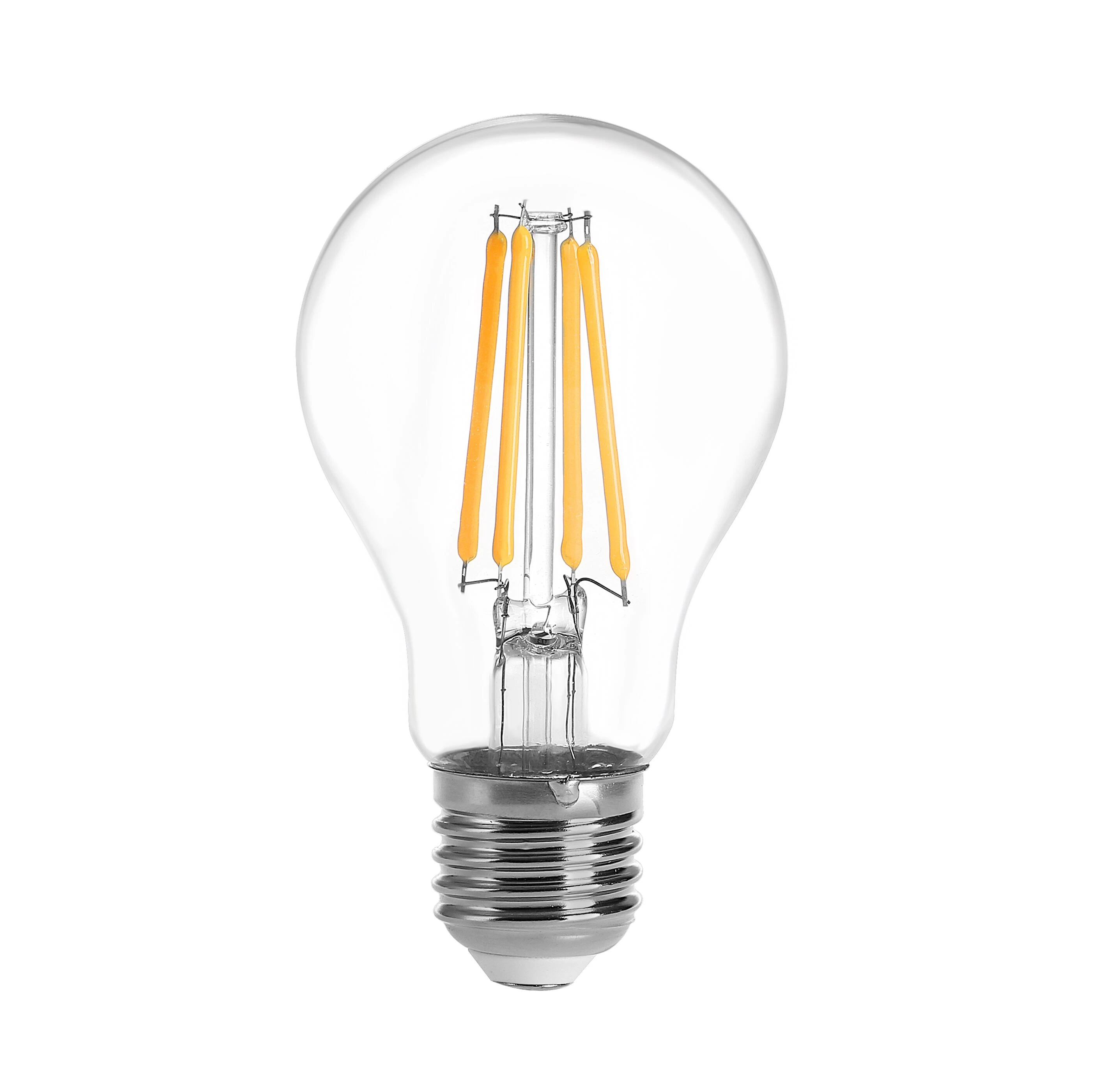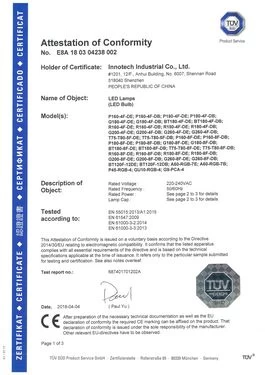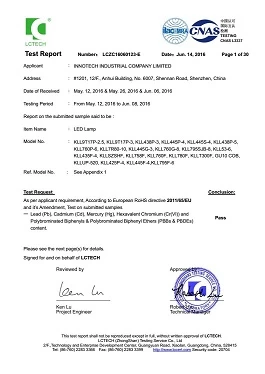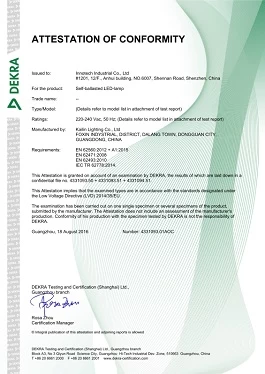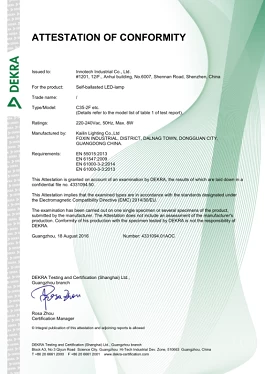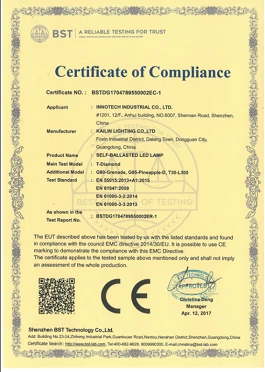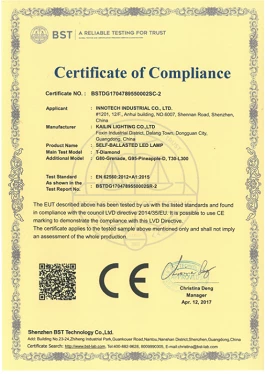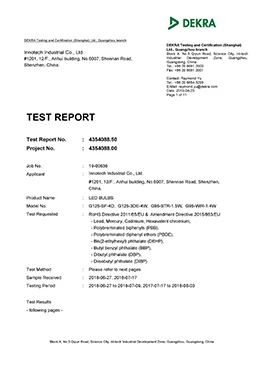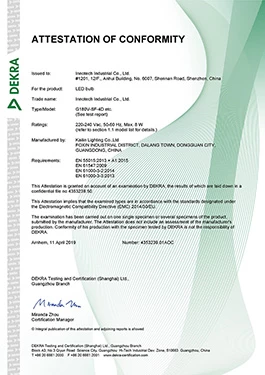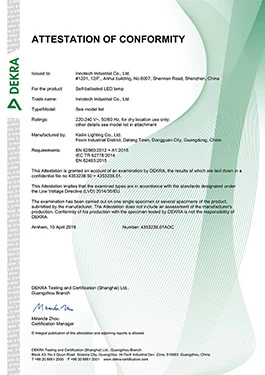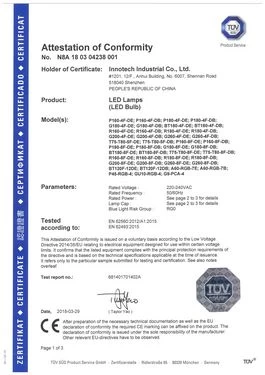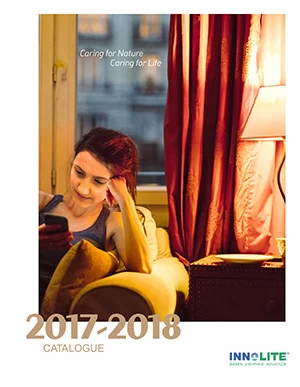Two major technical injuries make LED lighting difficult to hit the world!
LED lighting has been advertised as a light source in the 21st century. Zhang Shanduan, professor of electric light source at Fudan University, once published a report entitled “Four Elements of Green Lighting”, which proposed that green lighting must include energy saving, environmental protection, safety and comfort. With the advancement of light source technology and the improvement of standards, we can continue to discuss in depth the safety and comfort of light.

Solid-state lighting includes LEDs and OLEDs. Currently, OLEDs have not been widely used in general lighting, so this article mainly discusses LEDs. With the elimination of incandescent lamps and the gradual withdrawal of high-pressure mercury lamps, the scope of traditional lighting has been reduced. At present, it mainly includes halogen lamps, fluorescent lamps, high-pressure sodium lamps and metal halide lamps, as well as supporting electrical appliances and lamps.
The indicators for evaluating energy conservation include the light efficiency, lifetime, and lumen maintenance of light sources and lamps. Environmental indicators are emissions of hazardous substances in the production, transportation, operation, disposal and recycling processes, as well as emissions corresponding to the electrical energy consumed during operation. LED does not contain harmful luminescent substances such as mercury, and the light efficiency, life and lumen maintenance rate exceed the traditional light source, so the advantages in energy saving and environmental protection have been recognized.
In terms of safety, all light sources and luminaires are subject to electrical safety mandatory standards. Only the blue light hazard of photobiosafety is discussed here.
The comfort indicators include color temperature, color rendering index, color tolerance, and glare index. The long-term application of traditional light sources is equivalent to setting thresholds for photobiosafety and light quality. Has LED been fully exceeded?
First, the blue light hazard (currently there is light in the blue light, and the relationship between the LED is not large, and the relationship between brightness and color temperature is greater...)
Blue light hazards have international and national standards, and hazard levels and test methods have been standardized. Many research results have been published in journals, conferences, and white papers from the Semiconductor Lighting Alliance.
According to theoretical and experimental studies conducted by Fudan, it is found that the blue light hazard is related to the color temperature and brightness of the light source, and the LED is not substantially different from other light sources.
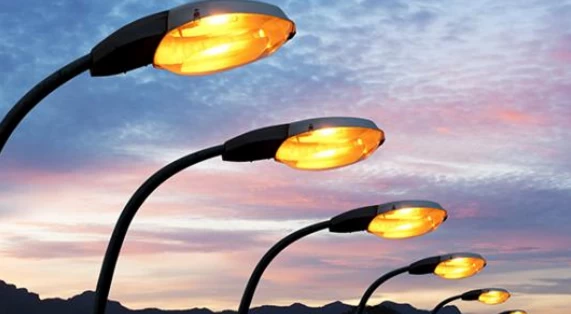
When the color temperature and color rendering index of the light source are similar, the blue light hazard efficiency of various light sources is almost the same; the blue light hazard efficiency is proportional to the color temperature, so the blue light hazard efficiency of the 6500K light source is 2.4 times that of the 2700K light source, and the effect of color temperature is not large.
The blue-lighted radiance that evaluates the blue-light hazard is proportional to the brightness, and the brightness of the light source varies by a factor of 100, so the blue-light hazard is primarily determined by the brightness of the light source. Controlling the brightness of the light source, the blue light hazard is also controlled.
For a light source with a color temperature lower than 6500K, as long as its brightness does not exceed 100kcdm ˉ 2, or the illuminance does not exceed 1000lx, it is safe for blue light (class 0, no danger). For light sources with higher brightness, if classified in low-risk categories (Class 1), the use of the light source is not limited as long as direct vision is avoided.
Among the traditional light sources used in indoor lighting, straight tube fluorescent lamps and compact fluorescent lamps (energy saving lamps) have the lowest brightness, and the color temperature range of ordinary illumination belongs to class 0 blue light hazard (no danger), and is a light source that can be directly viewed for a long time;
Tungsten halogen lamps and metal halide lamps have high brightness and can only be viewed in a short time.
High-power LED single or integrated package devices have high brightness and may reach the brightness of quartz metal halide lamps, such as for spotlights, and cannot be viewed directly with the eyes.
For LED lighting or luminaires for regional lighting, it is necessary to add a diffuser or diffuser on the outside of the package to reduce the brightness by more than an order of magnitude, which can also achieve Class 0 blue light hazard. If the brightness of an LED source is similar to that of an energy-saving lamp, it is definitely safe for Blu-ray.
Of course, since the brightness of the LED light source and the luminaire is larger, it is necessary to pay attention to controlling the glare when designing the lighting.
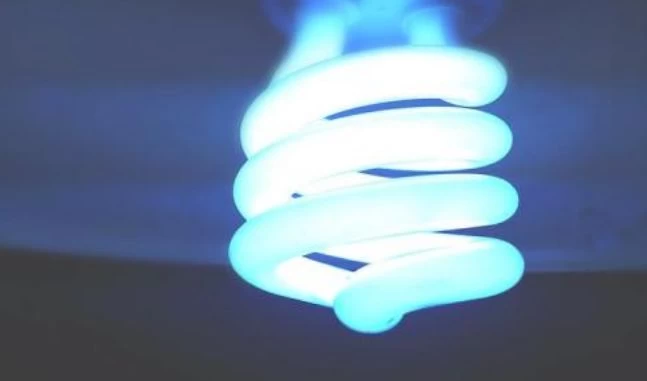
In general, white light LED light sources and luminaires for general lighting have a blue light hazard in the safe range as long as they control the brightness.
There are no clear criteria for non-visual biological effects. The existing research results at home and abroad show that the rhythm efficiency of the light source is also proportional to the color temperature. In order to comply with the natural rhythm of the human body, indoor lighting should use a low color temperature light source at night, so as not to interfere with the human body's sleep.
Second, the light quality
Different performances due to different types of light quality
Comfort is determined by the light quality of the light source. Indicators include spectrum, color temperature, color rendering index, color tolerance, spatial color uniformity, glare index, stroboscopic, color stability during lifetime, and more.
During millions of years of evolution, human eyes have adapted to the continuous spectrum of nature, including sunlight, skylight, and moonlight.
Early artificial light sources were continuous spectra such as torches, candles and oil lamps, as well as first-generation electric light sources such as incandescent and tungsten halogen lamps.
With the emergence of gas discharge sources with higher light efficiency, fluorescent lamps, high-pressure sodium lamps and metal halide lamps with different degrees of discontinuity appear in people's lives, but their use history is only a moment in the long history of human evolution. Not enough to genetically affect the vision of the human eye.
From the perspective of natural law, the use of continuous spectrum light sources in indoor lighting is always a more reasonable choice.
Led has no countermeasures against red, but only rely on adding powder and have to pay attention to this.
At present, the mainstream LED uses a blue chip to excite a yellow phosphor to produce white light, which belongs to a continuous spectrum in the visible region, but the green region is weak and the red region is less.
Therefore, the spectral continuity of the LED is significantly stronger than that of the fluorescent lamp, but it does not exceed the ceramic metal halide lamp. The red special display index (R9) of the general LED only requires >0, which does not restore the deep red.
Therefore, after the Great Hall of the People made LED lighting renovation, the Red Five Stars were still illuminated with tungsten halogen lamps. If you want to improve the color rendering of deep red, you should add red phosphor or red chip to the LED package device.
The color rendering index for indoor occasions is important. If the tungsten halogen lamp and the ceramic metal halide lamp are in line, the color rendering index of the LED needs to be more than 90, and it is also necessary to add a red phosphor or a red chip.
The color temperature and color coordinates of the light source during the lifetime must be stable. This puts high demands on the aging resistance of LED phosphors and encapsulated silica gel.
Space color uniformity is not a problem for traditional light sources, but it is more difficult to solve for LEDs. Since about 1/3 of the blue light of the LED chip will exit and participate in mixing into white light, and the space uniformity of the chip and the phosphor is different, this will cause the spatial color coordinate to shift, and even colored light appears around the white light.
This problem is more serious for the multi-color mixed light fixtures of intelligent lighting, and it is a key problem to be solved in the future.
Lighting comfort also needs to consider strobe issues. The current AC LED scheme is to directly use the LED lamp after rectifying the mains, and there is a strobe with a frequency of 100 Hz, and the LED does not emit light when the current crosses zero. This requires an increase in capacitive filtering to reduce the depth of fluctuation of the light.
Can LEDs be used in the world? KLJ believes that the future may be possible, especially after the emergence of multi-chip composite LEDs with very continuous spectrum.
I have to mention that there are already high-efficiency high-brightness LED schemes such as OSRAM that have not been required to drive the AC visible light continuous spectrum of the mains, so that everyone can see some hope!
LED is already the most energy-saving and environmentally friendly light source, but there are still some shortcomings in light quality that need to be strengthened.
Truth is that different applications require different lighting solutions, and using the most suitable light source is a wise choice.

 +
+





